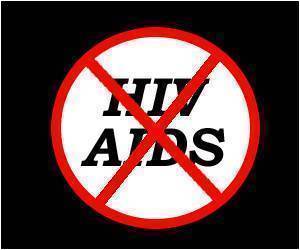
‘Sexual minorities are more likely to experience discrimination based on their sexual orientation compared to heterosexual individuals.’
Tweet it Now
"Sexual minorities are more likely to experience discrimination based on their sexual orientation compared to heterosexual individuals," said lead researcher Cook. Adding, "Recent research shows that sexual orientation-related stress and stigma can modulate HPA-axis reactivity among sexual minority individuals compared to heterosexual individuals." The research data showed a flattened diurnal cortisol curve between BGM to WGM, with statistically significant differences found in bedtime levels of cortisol. In the current study, the observed flattened diurnal pattern observed among BGM combined with their elevated evening levels suggests less daily variation in cortisol that may be indicative of an unhealthy stress response among BGM.
While beyond the scope of the current analysis, these findings suggest that social factors associated with being a 'double minority' may differentially calibrate circadian HPA-axis functioning in BGM compared to WGM. "We must conduct additional studies to confirm these study findings because in the current study we cannot make definitive conclusions about our 'double minority' hypothesis because we did not have a majority Black referent group," cautioned Cook.
Adding, "However, with this being said, we believe this research study presents a first step in understanding differences in the HAP axis functioning among racial/ethnic and sexual minority men." The current study expands on previous research indicating that those individuals at the intersection of multiple stigmatized identities may indeed experience distinct diurnal cortisol profiles which should be explored further.
"The results of the present study expand health disparities research that has often focused solely on race/ethnic differences by using approaches that assess intersecting identities, which is the cornerstone of the work we undertake at CHIBPS, This study highlights these disparities and calls for further research on these topics," he concluded.
Advertisement









